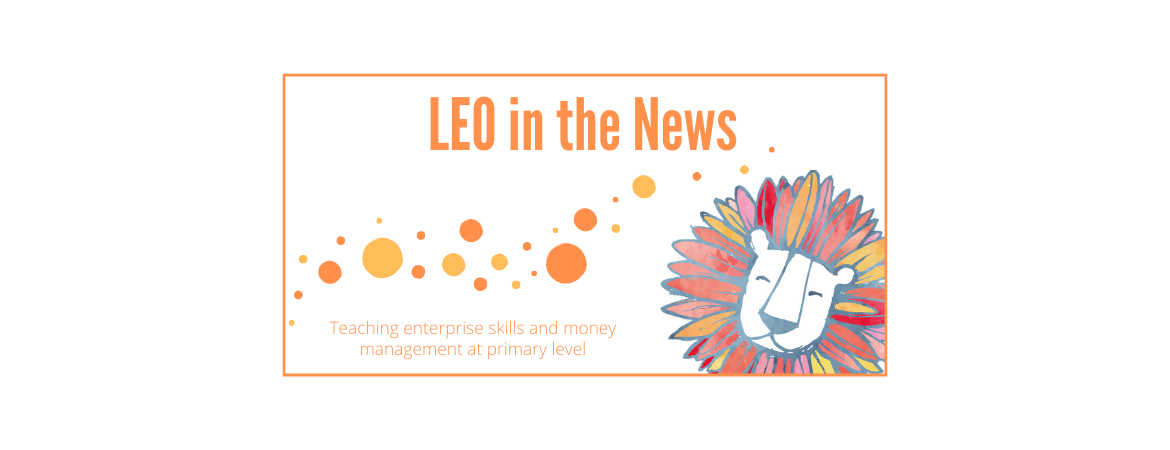Teaching enterprise skills and money management at primary level
Back to News & Blogs
Schools across LEO Academy Trust use the Young Money Financial Education Planning Framework, which can be used with children as young as three and all the way up to age 11. Our cross-curricular approach aims to give pupils the confidence, skills, and knowledge they need to be confident with managing money. Faye Gibney, Vice-principal of Shawley Community Primary Academy, said Young Money resources are used alongside our Trust’s own financial education lessons which run as a thread through all the schools and reach up to 3,000 pupils.
“In the younger years, we look at things like how we look after our money and prioritise spending. for example, we might discuss how we need a roof over our head, which is a necessity we have to pay for, but buying a new pair of trainers is probably something we can do without.”
Older pupils learn about borrowing and lending money, how to protect their finances, and how they can help other people, for example by fundraising or making charitable donations.
Ms Gibney continued: “As a trust, and no matter what school pupils go to, we want them to get the same offer. It is part of our broad and balanced curriculum and getting pupils to develop their financial literacy and cultural capital.”
While financial education is taught mainly in maths and PSHE, it also reaches into other subjects. For example, children learn how bartering was the first known exchange of money for goods when they study Cleopatra and ancient Egypt. Each school in our Trust personalises its finance curriculum to meet the needs of pupils, as the proportion of children eligible for Pupil Premium varies from around 10% to a quarter of the roll, depending on the school. Every school has a designated financial curriculum lead, and the seven leads collaborate in the network to discuss what strategies and teaching methods work well.
To read the full article, please click here.

